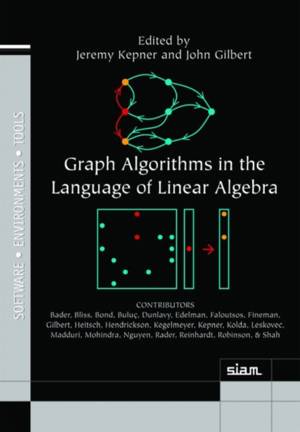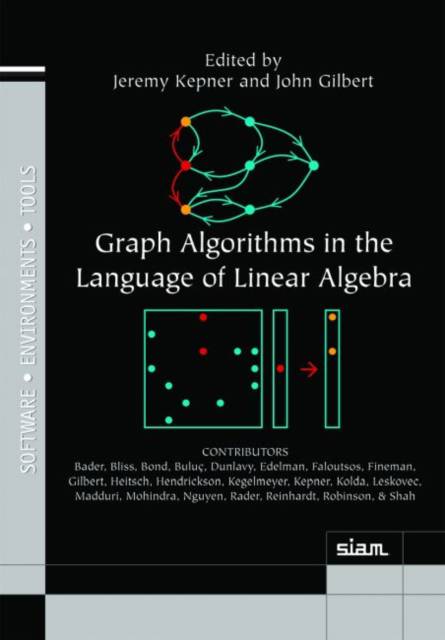
- Afhalen na 1 uur in een winkel met voorraad
- Gratis thuislevering in België vanaf € 30
- Ruim aanbod met 7 miljoen producten
- Afhalen na 1 uur in een winkel met voorraad
- Gratis thuislevering in België vanaf € 30
- Ruim aanbod met 7 miljoen producten
Zoeken
Graph Algorithms in the Language of Linear Algebra
€ 117,45
+ 234 punten
Omschrijving
The first book to cover graph algorithms that is accessible to engineers and scientists not trained in computer science but having a strong linear algebra background, enabling them to quickly understand and apply graph algorithms.
Specificaties
Betrokkenen
- Uitgeverij:
Inhoud
- Aantal bladzijden:
- 388
- Reeks:
Eigenschappen
- Productcode (EAN):
- 9780898719901
- Verschijningsdatum:
- 30/07/2011
- Uitvoering:
- Hardcover
- Afmetingen:
- 261 mm x 183 mm
- Gewicht:
- 99 g

Alleen bij Standaard Boekhandel
+ 234 punten op je klantenkaart van Standaard Boekhandel
Beoordelingen
We publiceren alleen reviews die voldoen aan de voorwaarden voor reviews. Bekijk onze voorwaarden voor reviews.






